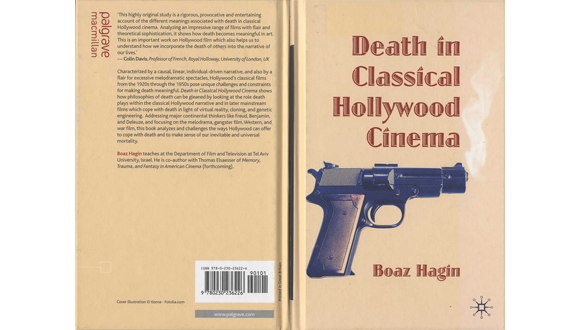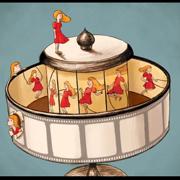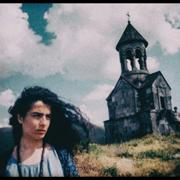Death in Classical Hollywood Cinema
Boaz Hagin
Palgrave Macmillan
New York, 2010
Boaz Hagin
Palgrave Macmillan
New York, 2010
'This highly original study is a rigorous, provocative and entertaining account of the different meanings associated with death in classical Hollywood cinema. Analyzing an impressive range of films with flair and theoretical sophistication, it shows how death becomes meaningful in art. This is an important work on Hollywood film which also helps us to understand how we incorporate the death of others into the narrative of our lives.'
- Colin Davis, Professor of French, Royal Hotloway, University of London, UK
Characterized by a causal, linear, individual-driven narrative, and also by a flair for excessive melodramatic spectacles, Hollywood's classical films from the 1920s through the 1950s pose unique challenges and constraints for making death meaningful. Death in Classical Hollywood Cinema shows how philosophies of death can be gleaned by looking at the role death plays within the classical Hollywood narrative and in later mainstream films which cope with death in light of virtual reality, cloning, and genetic engineering. Addressing major continental thinkers like Freud, Benjamin, and Deleuze, and focusing on the melodrama, gangster film, Western, and war film, this book analyzes and challenges the ways Hollywood can offer to cope with death and to make sense of our inevitable and universal mortality.
Boaz Hagin teaches at the Department of Film and Television at Tel Aviv University, Israel. He is co-author with Thomas Elsaesser of Memory, Trauma, and Fantasy in American Cinema (forthcoming).





